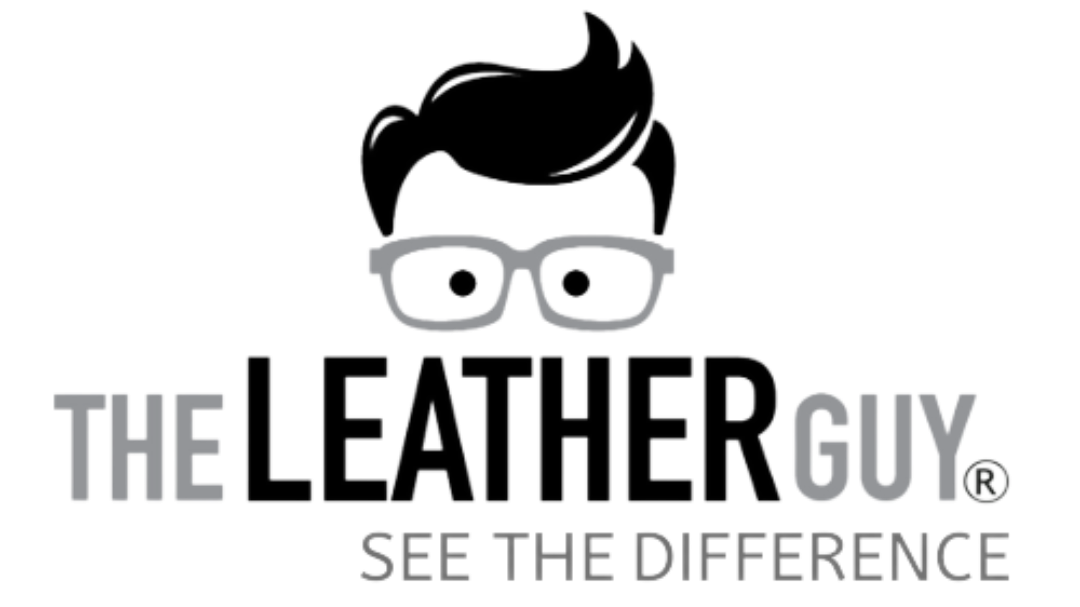What is oil tanned leather?

Oil tan starts out as chrome tanned but then goes through a process where the hide is packed with oil and wax which gives it its distinctive hand feel. The process makes the leather more supple than chrome tan and gives the hide a semi-soft and semi-flexible temper. Furthermore it increases the durability and adds water resistant properties alongside it’s rustic look.

Appearances & Textures
Despite smooth surfaces being the dominate texture in the oil tan world hides are available in the most popular textures. Flat grain, grainy, nubuck and suede are among those surfaces available giving you additional options for the look of your leather good.
Some oil tan leathers have “pull-up” which means when the leather is pulled or stretched a lighter color can appear. This puts an emphasis on bends, folds and creases creating a unique look.
Another sought after feature for oil tan is "rustic" hides which are more likely to have bug bites, scars, brand marks, scratches, and other blemishes. This provides a weathered look for the hide that like the name suggest creates a rustic look for your desired project.
Properly Caring for Oil Tan
Leather conditioner keeps your leather goods safe and sound from the inside out. You can easily apply conditioners with a sponge, rag or just simply with the tip of your finger.
By conditioning your leather, you help maintain the pliability of the leather so that it resists squeaking and cracking. Depending on the conditioner, it may also help create a protective layer on the leather’s surface to resist staining, scratches, and damage.
MooBuzz and Smith's Leather Balm are two fantastic products you can use to maintain your leather goods.
Usages
Oil tan is commonly referred to as “Boot Leather”. Popular brands utilize boot leather to create both stylish and work boots alike. Hides typically come in a smooth 5-6 ounce thickness which is perfect durability for a work boot.
The utility of this leather is not just limited to boots, it’s also great for journals, belts, straps, wallets, backpacks, satchels, and chaps. Below is a breakdown for the recommended optimal thicknesses for each use case.
See here what we offer in oil tanned leather!


